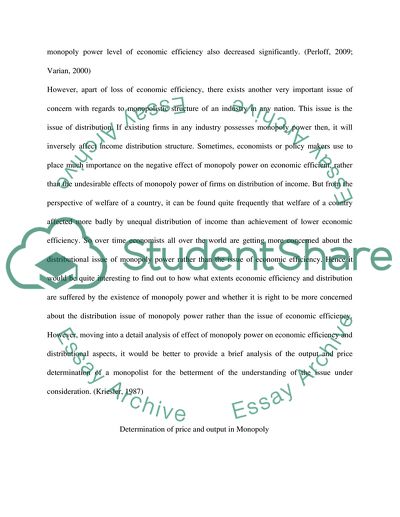Cite this document
(Effect of Monopoly Power Term Paper Example | Topics and Well Written Essays - 2500 words, n.d.)
Effect of Monopoly Power Term Paper Example | Topics and Well Written Essays - 2500 words. Retrieved from https://studentshare.org/macro-microeconomics/1724584-intermediate-microeconomics-coursework
Effect of Monopoly Power Term Paper Example | Topics and Well Written Essays - 2500 words. Retrieved from https://studentshare.org/macro-microeconomics/1724584-intermediate-microeconomics-coursework
(Effect of Monopoly Power Term Paper Example | Topics and Well Written Essays - 2500 Words)
Effect of Monopoly Power Term Paper Example | Topics and Well Written Essays - 2500 Words. https://studentshare.org/macro-microeconomics/1724584-intermediate-microeconomics-coursework.
Effect of Monopoly Power Term Paper Example | Topics and Well Written Essays - 2500 Words. https://studentshare.org/macro-microeconomics/1724584-intermediate-microeconomics-coursework.
“Effect of Monopoly Power Term Paper Example | Topics and Well Written Essays - 2500 Words”, n.d. https://studentshare.org/macro-microeconomics/1724584-intermediate-microeconomics-coursework.


